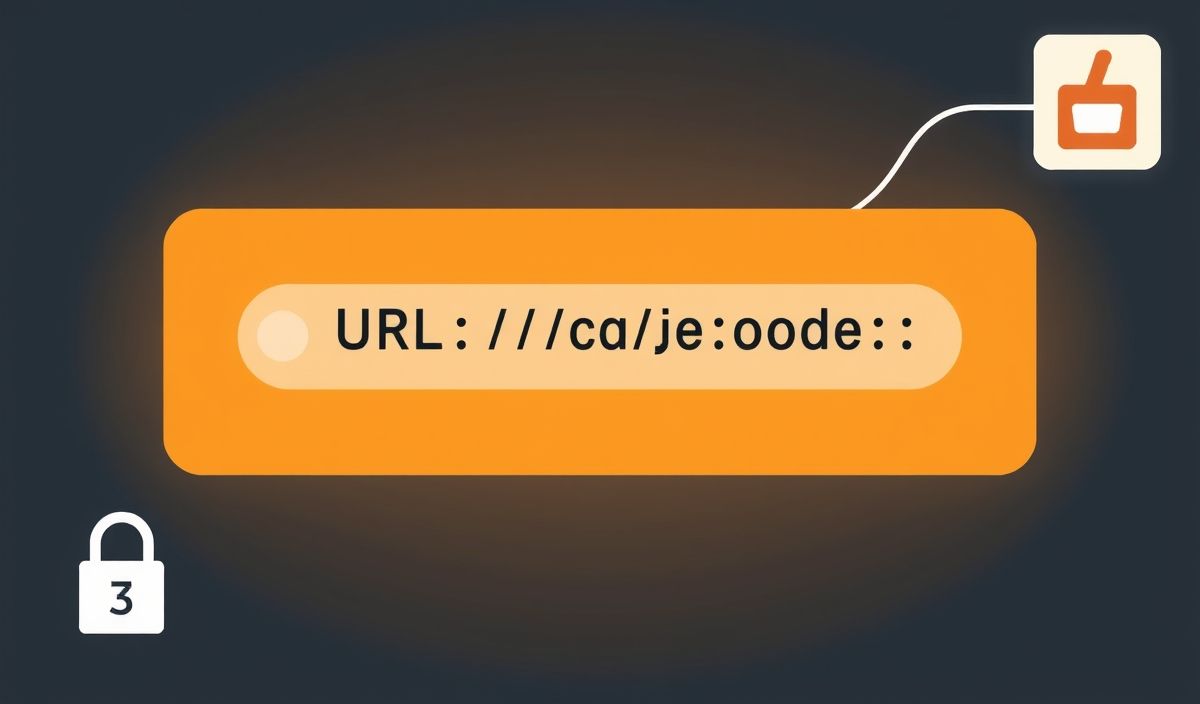Introduction to Knex
Knex is a flexible and versatile query builder for SQL databases. It supports multiple database systems like PostgreSQL, MySQL, SQLite, and Oracle. It is designed to help developers build complex SQL queries effortlessly. Let’s delve into Knex and explore its numerous APIs one by one.
Getting Started with Knex
First, install Knex and a database driver (for example, SQLite3):
npm install knex sqlite3Initialize Knex
Initial setup of Knex with SQLite3:
const knex = require('knex')({
client: 'sqlite3',
connection: {
filename: './data.db'
},
useNullAsDefault: true
}); API Examples
Creating a Table
knex.schema.createTable('users', (table) => {
table.increments('id');
table.string('name');
table.string('email').unique();
table.timestamps();
}).then(() => {
console.log('Table created');
}); Inserting Data
knex('users').insert({
name: 'John Doe',
email: 'john@example.com'
}).then(() => {
console.log('Data inserted');
}); Selecting Data
knex.select('*').from('users').then((users) => {
console.log(users);
}); Updating Data
knex('users')
.where('id', 1)
.update({
name: 'Jane Doe'
}).then(() => {
console.log('Data updated');
});
Deleting Data
knex('users')
.where('id', 1)
.del().then(() => {
console.log('Data deleted');
});
Raw Queries
knex.raw('SELECT * FROM users WHERE id = ?', [1])
.then((user) => {
console.log(user);
});
Knex Transactions
knex.transaction((trx) => {
return trx.insert({name: 'Alice'}).into('users')
.then(trx.commit)
.catch(trx.rollback);
}).then(() => {
console.log('Transaction complete');
}).catch((err) => {
console.error('Transaction failed', err);
}); App Example Using Knex APIs
Here is a simple Express application that uses Knex to perform CRUD operations:
const express = require('express'); const knex = require('knex')({
client: 'sqlite3',
connection: {
filename: './data.db'
},
useNullAsDefault: true
});
const app = express(); app.use(express.json());
app.get('/users', (req, res) => {
knex.select('*').from('users').then(users => res.json(users));
});
app.post('/users', (req, res) => {
knex('users').insert(req.body).then(() => res.status(201).send('User created'));
});
app.put('/users/:id', (req, res) => {
knex('users').where('id', req.params.id).update(req.body).then(() => res.send('User updated'));
});
app.delete('/users/:id', (req, res) => {
knex('users').where('id', req.params.id).del().then(() => res.send('User deleted'));
});
app.listen(3000, () => {
console.log('Server running on port 3000');
}); In this app, we have endpoints to create, read, update, and delete user data using Knex for database interactions.
With this robust guide and APIs, using Knex in your projects will boost efficiency and make handling SQL queries straightforward.
Hash: 424f3a78132c26163c53ebc93ae0f52e911486639403cc9bec324fdcb163a29d




